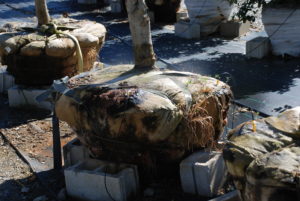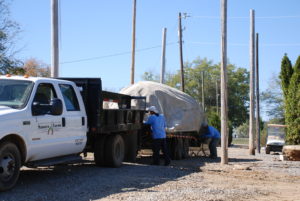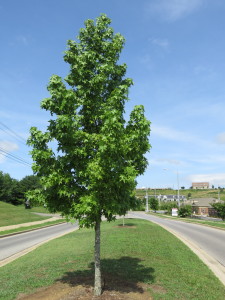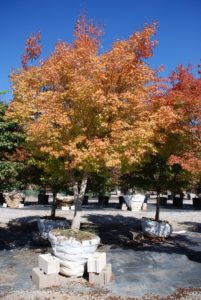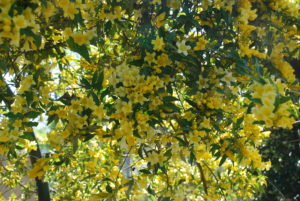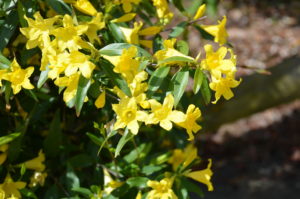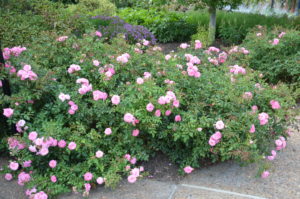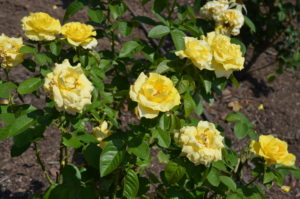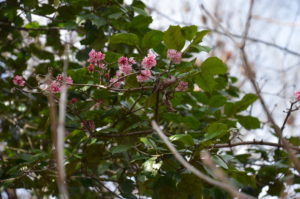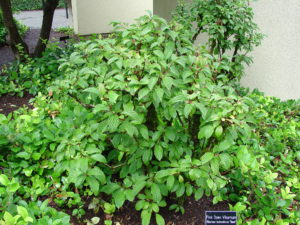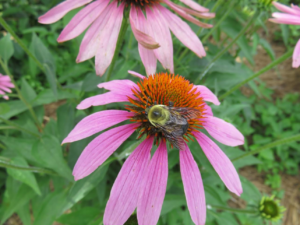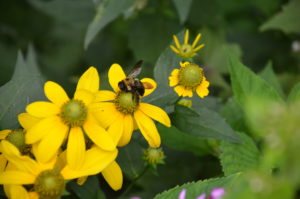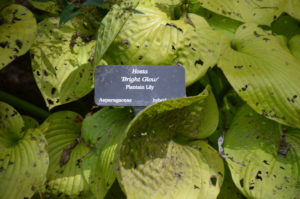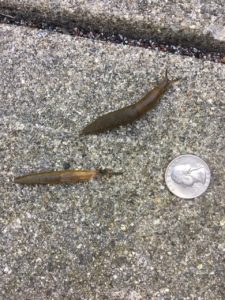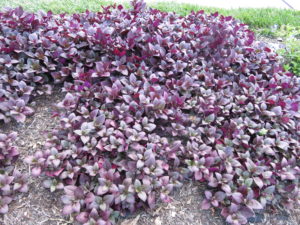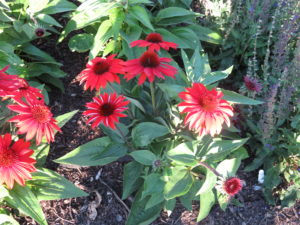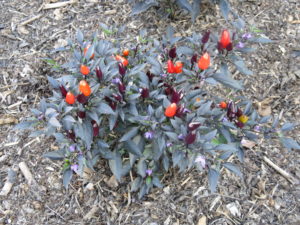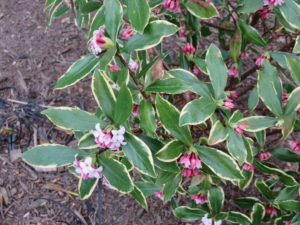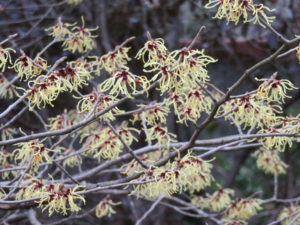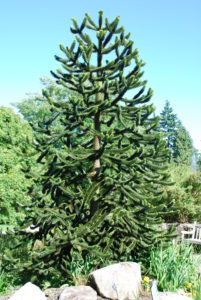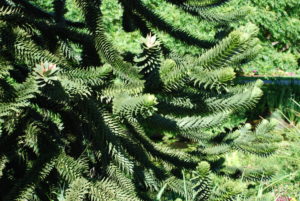Nursery growers supply trees and shrubs to garden centers in any of five ways:
Container Grown – Plants have been growing in a container or pot for one or more growing years. Some plants have been grown in containers or they were field dug and repotted into containers. These transplants are not likely to experience transplant shock. Before planting, take a few minutes to “tease” the outer roots, particularly if they are pot bound or over crowded.
Field Dug To Containers – Many plants are dug out and placed into pots to be put on display for sale at the nurseries. When dug out, they are either dug with soil or moved bare-root. The question is: how long have they been growing in the pot since being moved from the field; six months or a year is ideal, but sometimes it may be one month or less. Many are potted in spring and then immediately shipped to the store. Often the roots have not acclimated to the new soil or the root balls have been damaged. Essentially you are buying a bare-root transplant, potting mix and the container. Some nurseries have “root pruned” the plant to fit into its new container size.
Balled And Burlapped (b&b)- The tree or shrub is dug from the field by hand or by a tree digger (laborer) along with the soil. The root ball is wrapped in burlap and jute (never nylon) twine. Many of the fine feeder roots are lost in digging. A b&b tree will usually survive transplanting if purchased and planted in late winter thru mid-spring. The tree may still be susceptible to transplant shock. Obtain a one-year money-back guarantee from the nursery or garden center.
Bare Root – Some trees and shrubs can be successfully transplanted without any soil on the roots. The trees are fully dormant, either in late fall or very early spring. In early spring roses, fruit trees, raspberries, grapes, and blueberries are sold this way. Once the leaf buds have emerged in spring, the chances of a successful transplant quickly falls off. Bare root plants should be planted immediately into your landscape. When these plants are on sale in late April and May, it’s best to pass them up. Obtain a money-back guarantee from the nursery or garden center selling bare root plants.
Machine-Dug – Professional landscapers dig and move large trees from a nursery field or private property with a mechanical tree spade to a new planting site. The success of this technique is fully dependent on how much of the root ball can be moved intact. Larger nursery grown trees experience severe transplant shock.

